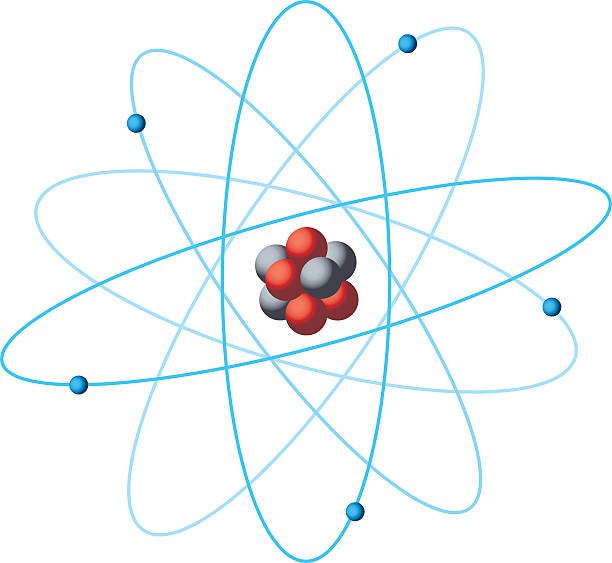How do the Number of Protons and Electrons Compare in a Neutral Atom
Title: A Fundamental Principle: Protons and Electrons in a Neutral Atom
The basic building block of all matter, atoms are minuscule yet complex particles that make up the universe as we know it. At the core of understanding atomic structure is the concept of subatomic particles—protons, neutrons, and electrons. In this article, we’ll focus on protons and electrons, and how their numbers compare in a neutral atom.
How do the Number of Protons and Electrons Compare in a Neutral Atom
The Atomic Basics:
An atom is composed of a nucleus, which contains positively charged protons and uncharged neutrons, and orbits where negatively charged electrons reside. The identity of an atom, i.e., which element it represents, is determined by the number of protons, known as the atomic number. For instance, hydrogen has one proton, helium has two, lithium has three, and so on.
Balancing Charges: Protons and Electrons in a Neutral Atom:
A fundamental concept in atomic theory is that a neutral atom—meaning an atom with no overall charge—contains an equal number of protons and electrons. This balance ensures that the positive charges carried by the protons are exactly cancelled out by the negative charges of the electrons.
For example, consider a carbon atom, which has six protons. In a neutral state, it will also have six electrons. The six positive charges from the protons (+6) and the six negative charges from the electrons (-6) balance out, giving the carbon atom an overall charge of zero. This balance is what defines it as a neutral atom.
Importance of the Neutral State:
The neutral state of an atom is its most stable and commonly occurring state. While it is possible for atoms to gain or lose electrons in various circumstances—resulting in ions—the natural tendency is towards neutrality. This equilibrium is one of the driving forces behind chemical reactions, as atoms often exchange electrons in an effort to maintain their neutral or most stable state.
Understanding Isotopes and Ions:
Two key concepts that build upon the principle of atomic neutrality are isotopes and ions. Isotopes of an element have the same number of protons (and therefore the same atomic number), but a different number of neutrons. Despite these differences, a neutral isotope of an element will still have an equal number of protons and electrons.
On the other hand, ions are atoms or molecules that have gained or lost electrons, and therefore have a net positive or negative charge. For instance, if a neutral sodium atom (which has 11 protons) loses one electron, it becomes a positively charged sodium ion with 10 electrons and 11 protons.
The principle that a neutral atom has an equal number of protons and electrons is a cornerstone of atomic theory, and underpins our understanding of the physical universe. From the elements on the periodic table to the reactions that fuel life processes and star formation, this balance between protons and electrons plays a crucial role. In the endless complexity of the universe, there’s something elegantly simple about this balancing act at the heart of every atom.

